[/caption]
CAPE CANAVERAL – After logging over a year’s worth of flight time in space, the space shuttle Discovery wrapped up a historic career by safely touching down at NASA’s Kennedy Space Center (KSC) in Florida at 11:57 a.m. EDT. The shuttle landed at KSC’s Shuttle Landing Facility on runway 15.
Discovery’s final mission was a resupply flight to the International Space Station (ISS). The shuttle delivered the Leonardo Permanent Multipurpose Module (PMM) to the orbiting outpost. Among other things, the PMM carried the first humanoid robot in space – Robonaut-2 (R2) inside. R2 is also the first robot that the U.S. has flown to the ISS.
The crew that flew Discovery on her final mission consisted of Commander Steve Lindsey, Pilot, Eric Boe and Mission Specialists; Alvin Drew, Nicole Stott, Michael Barratt and Stephen Bowen. Bowen actually was not slated to fly this mission; he was a last-minute replacement for Tim Kopra who broke his hip in a bicycle accident in January.
The lead-up to Discovery’s final mission was one filled with technical hurdles that NASA’s engineers had to overcome before the shuttle thundered one last time to orbit. On the Nov. 5 launch attempt a leak at the Ground Umbilical Carrier Plate (GUCP) caused a scrub. Upon inspection technicians found a section of popped-up foam on the shuttle’s external tank – this led them to discovering numerous, small cracks in the aluminum body of the external tank itself.
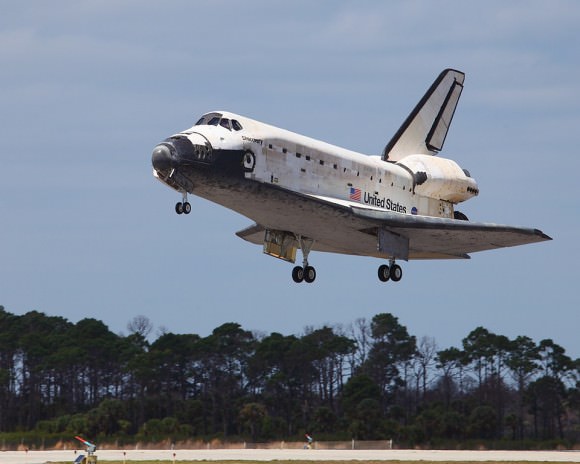
When Discovery was set to launch on Feb.24, a range issue crept up at the last minute almost scrubbing the launch. It was cleared with only seconds to spare.
Discovery’s service record is a distinguished one. Whenever NASA had a critical mission to fly – Discovery got the nod. The orbiter carried Sen. Jake Garn as well as former Mercury astronaut and Senator John Glenn to orbit. It delivered the Hubble Space Telescope to space. And it returned the U.S. space program to orbit, twice, after the Challenger and Columbia accidents.
“If you think of a vehicle that’s 27 years old, you never see a vehicle that age that never comes back with no flaws, however Discovery did just that, she functioned flawlessly,” said Commander Steve Lindsey upon landing. “This is a tribute to the Kennedy Space Center team.”
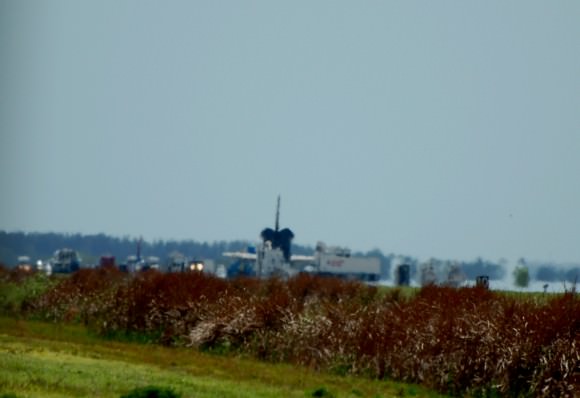
The next phase of Discovery’s career is retirement; she will now head to the Smithsonian Institute’s Steven F. Udvar Hazy Center in Washington D.C. where she will be put on display. Discovery will take the place where Discovery currently resides.
“Discovery is an amazing spacecraft and she has served her country well,” said NASA Administrator Charles Bolden. “The success of this mission and those that came before it is a testament to the diligence and determination of everyone who has worked on Discovery and the Space Shuttle Program, over these many years. As we celebrate the many accomplishments of this magnificent ship, we look forward to an exciting new era of human spaceflight that lies ahead.”
There are only two missions left in the shuttle program, STS-134 onboard Endeavour which is slated to fly on Apr. 19 and STS-135 which will be flown by Atlantis on June 28.
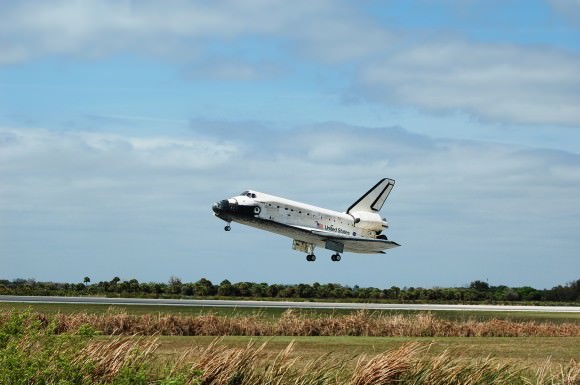
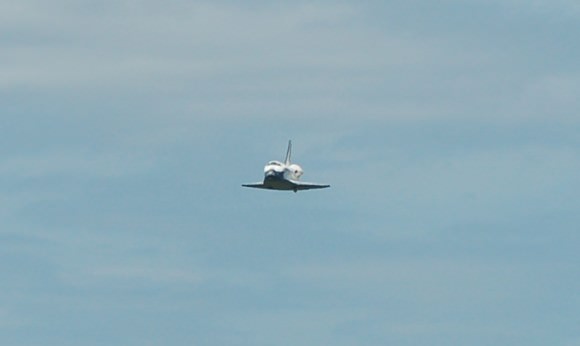

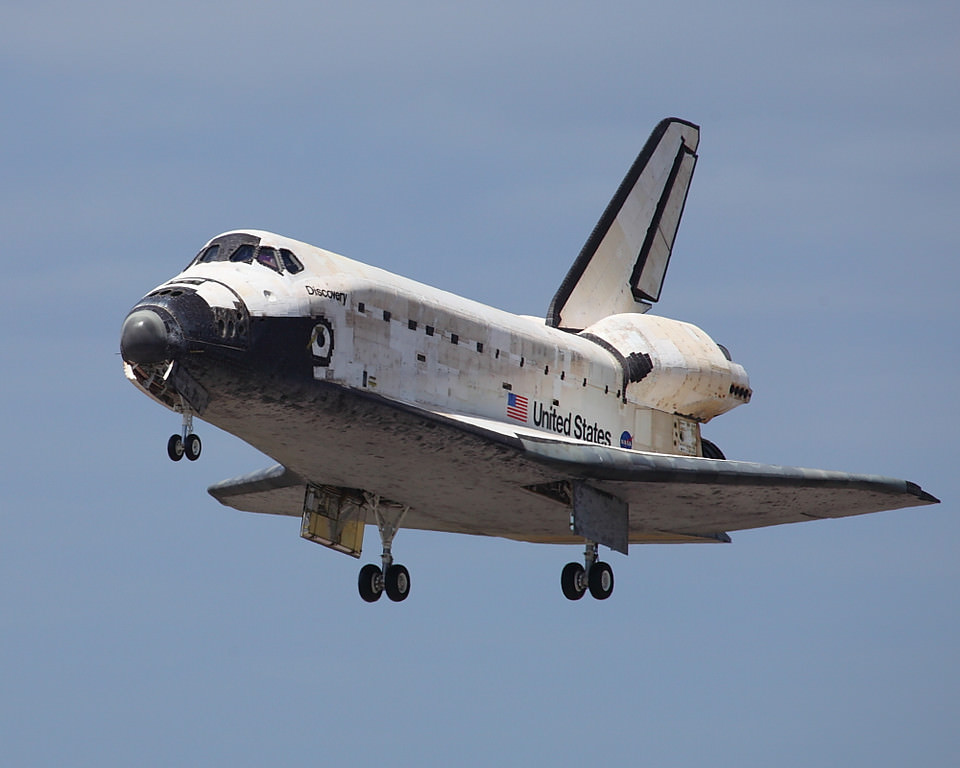
In another 40 years if i make it to 80, i can say i heard Discovery’s last twin sonic booms in Orlando,FL March 9th,2011, as it’s covered in dust in a museum…;^)
HelloBozos
“In another 40 years if i make it to 80, i can say i heard Discovery’s last twin sonic booms in Orlando,FL March 9th,2011, as it’s covered in dust in a museum…;^)”
Yeah, but you’ve got some great video & images to show your grandkids. 😀
Good thing it didn’t explode. That’d be a nightmare.
See APOD today and
http://www.youtube.com/watch?v=1aEYV0tjeB0
Orion´s constellation presents the future space mission: ORION.
Perhaps in the far future if we ever 1) find a way of traveling at the speed of light AND 2) learn how to live to the age of at least 1000. Considering most of the stars in the constellation and nebula Orion are at least 1000 light years. There’s also the question of what would keep one busy for a 1000 years; sure the odd sight here and there.
Not to say that it doesn’t hurt to be hopeful 😛
1. You’ll never travel right *at* the speed of light, but…
2. If you can get sufficiently close, time will move so much slower for you, that your clocks will say you arrived in, say, only 10 years…
You’ll find that 2000 years passed at home when you got back, though.
2a. Life extension *is* coming, however. You just *might* still find people you knew. (assuming we haven’t all uploaded ourselves into a planet-sized AI while you were gone, or something comparably radical…)